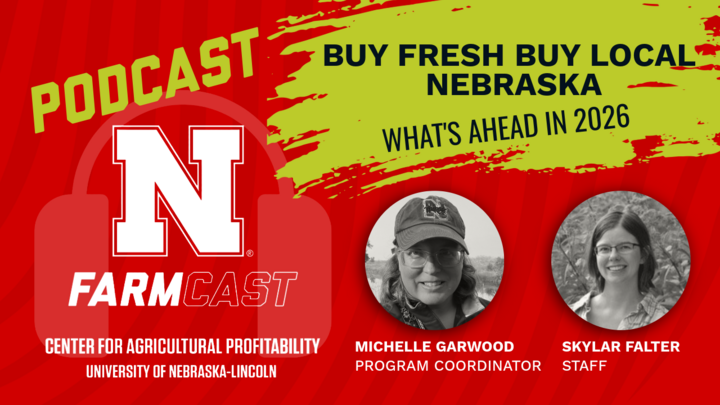At a Glance
- Higher yields in 2025 won’t offset lower corn and soybean prices, squeezing farm cash flow.
- Crop revenues have dropped over $35B nationally since 2022 while costs remain high.
- Government support programs provide relief but fall short of closing cash-flow gaps.
This Policy Report column was first published by Nebraska Farmer on Sept. 9, 2025, and is excerpted here with permission.
Crop producers are harvesting what is expected to be a bumper crop this fall, but lower prices have taken a bite out of the resulting revenue and left producers with less to count at the end of the day. The resulting cash flow will challenge producers, although government support will help in time.
Using national projections from August, a corn yield of 188.8 bushels per acre multiplied by a $3.90-per-bushel price would produce $736 per acre in revenue, down from $760 per acre based on May projections of 181 bushels per acre and $4.20 per bushel.
It is down even more from the $771-per-acre revenue projection for the 2024 crop and down sharply from revenue above $1,000 per acre in 2021 and 2022.
For soybeans, the national projections in August of a yield of 53.6 bushels per acre multiplied by a $10.10-per-bushel price would produce $541 per acre in revenue, about equal with the May projection of $538 per acre — but like corn, down sharply from 2021 and 2022 when revenue was around $700 per acre.
The price declines over the past four years have resulted in crop revenue declines nationally of more than $20 billion in corn and $15 billion in soybeans since 2022, even as crop production costs have been slow to decline from record levels.
Aggregate farm income has been helped by record cattle prices and receipts, but for the crop sector, cash flow has been going downhill since 2022, putting pressure on finances just as interest rates have risen.
How about government support?
Amid the cash-flow challenges at present, government support has helped offset some of the pain. Emergency assistance passed in late 2024 was the first package to help, with $10 billion in economic assistance and $21 billion in ag disaster assistance. Commodity program support under the extended farm program provisions for 2024 and the new provisions for 2025 will also help.
The economic assistance was described as temporary help while increased support championed for a new farm bill waited on congressional action. To date, more than $8 billion has been distributed through the Emergency Commodity Assistance Program (ECAP), including $3.2 billion for corn and $2.1 billion for soybeans. In Nebraska, the total payments across all commodities amount to $535 million as of the end of August.
The disaster relief programs will provide additional assistance for 2023 and 2024 losses. To date, a little more than $1 billion has been paid out for livestock losses due to drought and wildfire, but additional assistance is expected for both crop and livestock producers under sign-ups that are just underway this fall.
The 2024 commodity programs will provide some limited cash flow to producers in October, even though the support is based on lower support levels from the previous farm bill. The Price Loss Coverage (PLC) program support will be minimal, with projected payments nationally only for peanuts and seed cotton as of August.
The Agriculture Risk Coverage program at the county level (ARC-CO) or individual coverage level (ARC-IC) will provide more support, but it is limited as most commodity prices for the 2024 marketing year were projected to finish above the level that would trigger ARC payments based on price loss alone.
Of course, ARC pays on revenue losses, so a combination of price and yield losses from benchmark levels will trigger payments in some counties and on some operations. Using the same August price projections, less than half of all counties nationally would see corn or soybean payments.
In Nebraska, ARC-CO payment rates could exceed $100 per acre for corn and $60 per acre for soybeans in some counties with large yield losses, but most counties will not see payments. Averaging across all counties and practices (including the non-payment counties) would produce just $17 per acre for corn and $10 per acre for soybeans. That is enough to help with some operations, but not enough to close the gap on cash flow.




